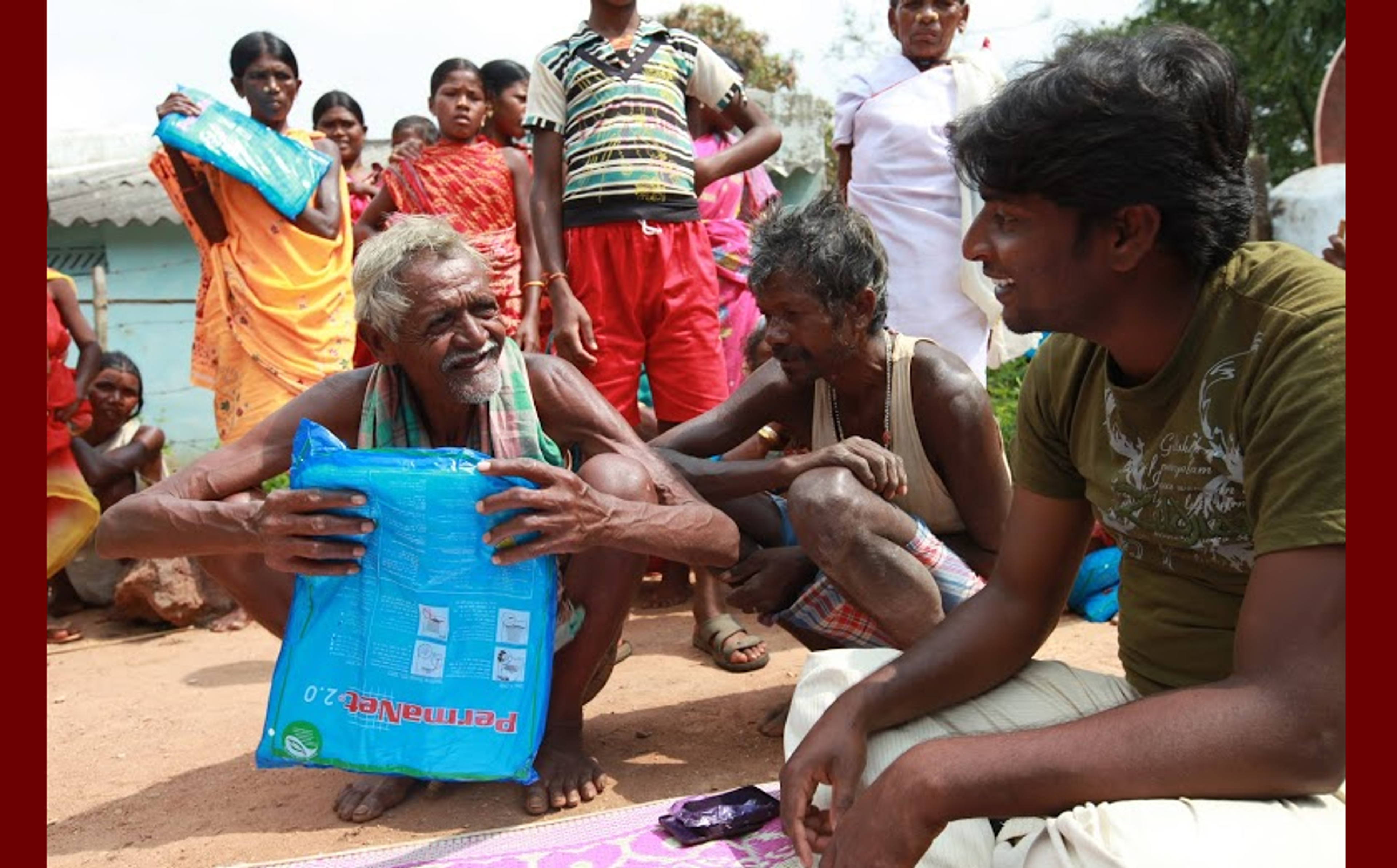When we talk about charities, we often use numbers, since we want to give a concrete idea of how cost-effective a charity is (because our charities are some of the most cost-effective in the world!). On our website, for example, we say that it costs $3,500 to avert a child’s death through “interventions supported by AMF” and $1.26 to treat a child through “interventions supported by SCI”. But why use such convoluted language?

There is a reason why we don’t just say “AMF averts a death for $3,500” or “SCI treats a child for $1.26”, and that’s the fact that our charities are not the same as the interventions they’re part of. They’re actually often a part of a chain of actions which lead to, for example, one child being treated for schistosomiasis for every £1.26 spent along the way or one death being averted for every $3,500 spent altogether.
It’s important to say that we think that having charities work in this way (performing small tasks rather than the whole intervention) is often a good idea: it means that charities can easily plug gaps that can occur in large-scale interventions.
Charities and interventions
To demonstrate the difference between a charity and its related intervention, take the Against Malaria Foundation (AMF), one of Giving What We Can’s two Top Charities. The intervention AMF works on is bed net distribution: providing long-lasting insecticide-treated bed nets to people in developing countries to help fight malaria. Specifically, AMF buys nets, delivers them to local partners in those countries and supports the monitoring and evaluation that comes after the delivery of the nets, in order to make sure they’re being used correctly. There are parts of the overall bed net providing process that AMF does not do: it does not distribute the nets to individuals, and it does not conduct the surveys needed beforehand in order to tailor each net delivery to each region. That’s done (and paid for) by AMF’s local partners.
For another example, take Giving What We Can’s other Top Charity, the Schistosomiasis Control Initiative (SCI). It works on the overall intervention of providing de-worming treatments, and it does that very specifically by providing the technical support needed for the government distribution of the drugs needed. Pharmaceutical companies produce and donate those drugs; again, SCI is part of a chain.
Cost-effectiveness of the overall intervention
Since our charities only perform one link in an intervention’s chain, it makes sense to judge a charity’s cost-effectiveness on the effectiveness of the entire chain rather than the effectiveness of that particular charity on its own. After all, some small organisation performing admin for some intervention can be the most efficient in the world, but if the overall aim of the intervention is to shred money, we wouldn’t want you to give to that organisation!
What will happen if you donate $3,500 to AMF or $1.26 to SCI?
GiveWell estimates that deworming treatments as an overall intervention (of which SCI is a part) cost $1.26 per child treated. But if you give $1.26 to SCI, that money on its own won’t treat a child: it’ll go towards the vital technical support needed to treat about 2 children. Other donors will add other necessary resources, and together, you can expect to treat a child for $1.26.
Givewell also estimates that the cost of averting a child’s death through bed net distribution as an overall intervention (of which AMF is a part) is $3,500. However, if you donate $3,500 to AMF, that won’t avert a death on its own. It will buy a load of bed nets. Other “non-private” donors to AMF (like Concern Universal or DFID) will then provide resources to deliver the bed nets to local partners (and provide support for the follow-up), and the local partners will do the rest. Together, you can expect to save one life for every $3,500 committed to bed net provision overall.
Conclusion
It would be so much easier if we could say that, by donating a certain amount of money to an effective charity, you’d be expected to avert a death! The more complicated truth is, for example, that if you give $3,500 to AMF, then you will buy 1400 nets, which will contribute towards protecting around 2520 people and averting the deaths of 1.8 children (according to the 2016 analyses). More of a mouthful, I know, but true.
Donations to our Top Charities are absolutely vital, though. Those nets need to get bought by AMF, and those governments need the support SCI provides. Without donations like yours, the necessary work of organisations like AMF and SCI cannot be done, the gaps which we know exist in the vital intervention processes which they support would not be filled, and the whole intervention wouldn’t work at all. So thanks!